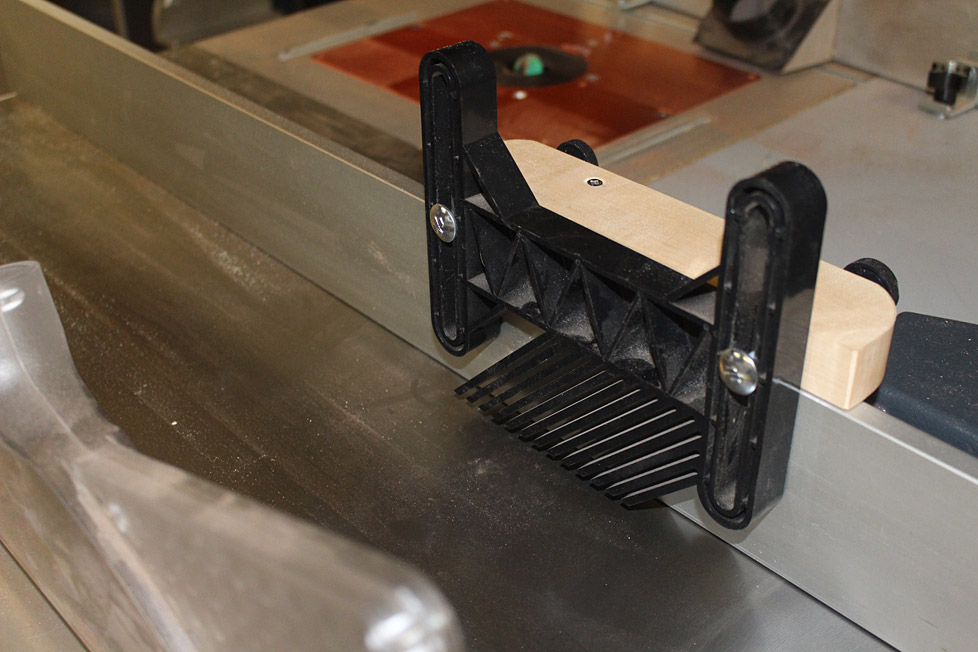That is exactly how I was taught. Teeth just clearing the top of the wood direct any force at the cutting point forward. Teeth angling down from above the blade direct that force more towards the table. Of course, the kerf the back of the blade rides in must be constrained from pinching and causing the wood to rise, with alignment, technique, splitters, hold-downs, guards, and wood choice. If the idea of a low blade is to reduce tooth exposure to minimize damage to fingers i suspect safety efforts might be better directed elsewhere.
The extreme example of downward cutting force is the bandsaw. Bandsaws have their own safety issues but kickback isn't on the list.






 Reply With Quote
Reply With Quote









